On January 15, 2023, Nepal experienced its deadliest plane crash in 30 years when a plane belonging to Yeti Airlines crashed before landing at Seti gorge near the old airport in Pokhara. The plane had 72 people on board. Including four crew members and 15 foreign passengers, resulted in the deaths of at least 71 passengers. One body has yet to be recovered.
57 Nepalis, five Indians, four Russians, two South Koreans, and one person from Australia, Argentina, France, and Ireland were among the passengers on the flight. Additionally, there were four crew members from Nepal.
Since the early 1990s, Nepal has experienced more than 30 fatal air crashes, according to the Aviation Safety Network. During a 20-minute trip from Pokhara to Jomsom, a popular hiking location, a jet operated by Tara Air, a Yeti sister airline, crashed, killing 22 people on board, in May 2021. Twenty-three persons were killed in the crash of another Tara Air flight from Pokhara to Jomsom in 2016.
This tragic incident brings attention to Nepal’s persistent aviation safety problem. Due to poor maintenance, inadequate training, and loose safety requirements, accidents have historically occurred in the nation’s air transport industry. Additionally, Nepal has some of the most difficult and isolated runways in the world. The landings are surrounded by massive mountains that can challenge even the most seasoned pilots.
According to the Aviation Safety database, over the past three decades, there have been 27 deadly plane crashes in Nepal, resulting in the deaths of over 700 people. This sad and alarming trend for Nepal’s aviation has cast significant doubt on Nepali nationals and international tourists.
Where did the Yeti Airlines ATR 72 aircraft crash on January 15, 2023?
- The ATR 72 aircraft operated by Yeti Airlines was en route from Kathmandu to Pokhara on a scheduled 27-minute flight.
- Around 10:50 a.m. local time, the aircraft made its last contact with Pokhara Airport.
- Minutes before its scheduled landing at the recently inaugurated Pokhara International Airport, the plane crashed in the Seti Gorge of Pokhara.
- The plane crashed in Pokhara, a popular tourist destination located approximately 200 km west of Kathmandu.
Who was on board the plane that crashed in Pokhara?
- The aircraft was carrying 72 people, including four crew members.
- The people on board included 57 Nepalis, five Indians, four Russians, two South Koreans, and one person each from Argentina, Ireland, Australia, and France.
- Among the dead were a Nepali folk singer and guitarist, an Australian teacher, a British ballet dancer, and a Russian travel blogger.
History of plane crashes in Nepal
As a result of its history of frequent aviation disasters, Nepal is ranked 33rd out of 207 nations in terms of the total number of crashes that occurred between 1990 and 2023. Additionally, the country has been put on the EU’s aviation blacklist.
Throughout Nepal’s history, tragedies like this one have occurred frequently. Over 25 fatal plane crashes have occurred in Nepal over the past three decades, making it one of the most dangerous places to fly.
The nation experienced two fatal plane disasters in 1992 that killed 113 and 167 people, both of which were flown by foreign airlines out of Thailand and Pakistan. According to Reuters, there have been countless helicopter and plane crashes in Nepal throughout the years that have killed nearly 350 people since 2000.
So why is Nepal so dangerous when it comes to aviation?
According to a 2019 safety study from Nepal’s Civil Aviation Authority, the “hostile geography” and “diverse weather patterns” of the nation pose the greatest risks to planes. The report also blames “pilot error” for some aircraft crashes.
Timeline of deadly plane crashes in Nepal:
Here is a timeline of major air disasters that have occurred in Nepal, including a number of fatalities from the 1990s to 2023:
1. July 11, 2023: Manang Air Helicopter Crash at Mount Everest
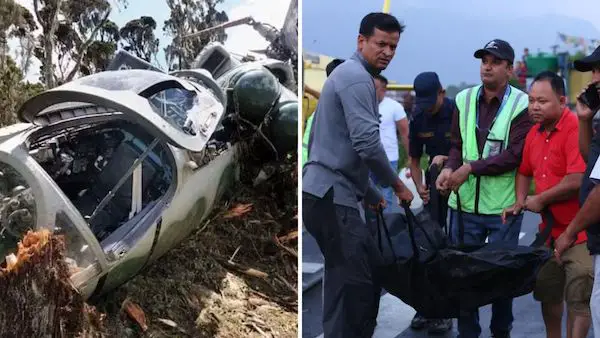
The Mount Everest helicopter crash killed six people, including five Mexican passengers and a Nepali pilot, on July 11, 2023. The helicopter belonged to Manang Air, a company that offers scenic flights to tourists wishing to see Nepal’s peaks, including Mount Everest. It took off from Solukhumbu district, where Mount Everest is located, and was en route to Kathmandu, the capital.
The helicopter lost contact less than 10 minutes after takeoff and was later found crashed in the rural municipality of Likhupike in Solukhumbu. Local authorities and police reached the crash site and confirmed the deaths of all individuals on board. The bodies were transported to Kathmandu, a process that involved traveling by road from the crash site and then flying to the capital.
The cause of the crash has not yet been determined, and investigations are ongoing.
2. January 15, 2023: Yeti Airline crash in Pokhara
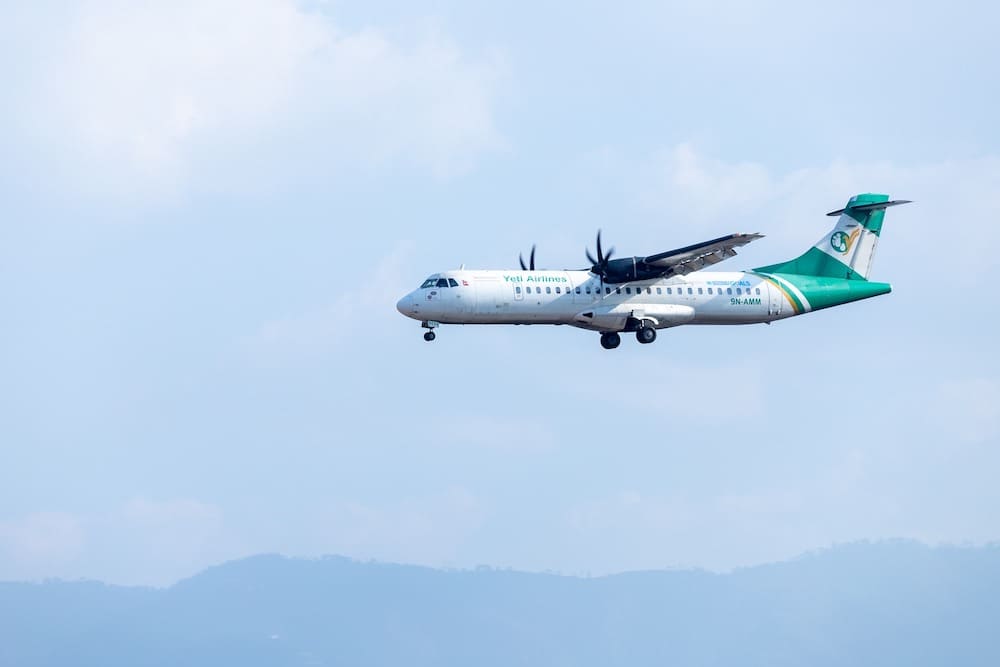
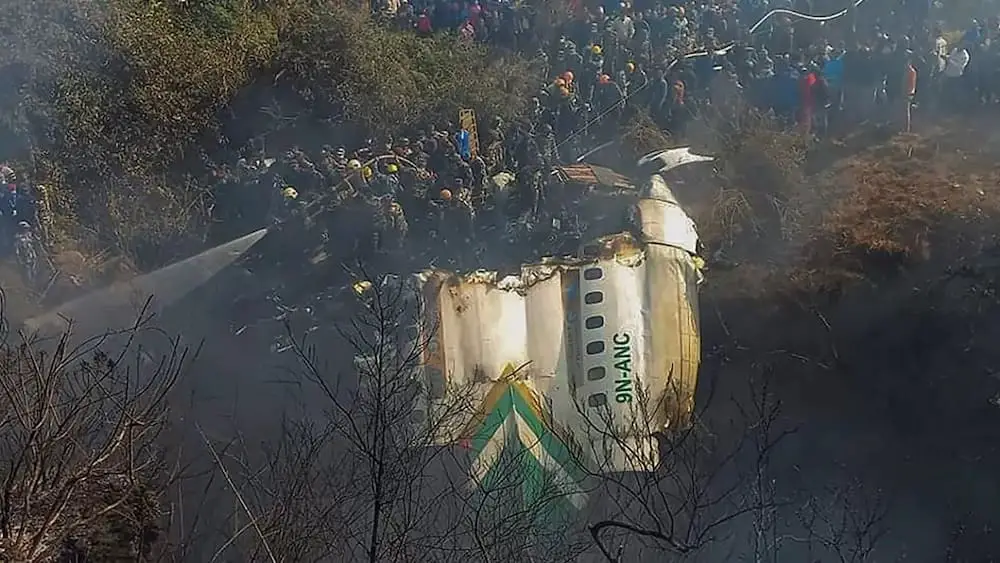
Yeti Airlines ATR 72 plane crashed before the newly built international airport in Pokhara, killing at least 71 people of the 72 total on board, including four crew members and 68 passengers. The passengers included 37 men, 25 women, and 6 kids, 3 of whom were infants. One body is yet to be recovered from the crash site.
The plane was set to land at the new Pokhara International Airport, which had just opened two weeks prior. The crash took place in Gandaki Province between the two airports. The accident, which claimed the lives of all 71 of 72 passengers (one body is yet to be found), was the deadliest in domestic Nepalese aviation history, the most fatal accident involving an ATR 72, and Nepal’s worst aviation disaster since the 1992 crash of Pakistan International Airlines Flight 268.
3. May 29, 2022: Tara air crash in Jomsom

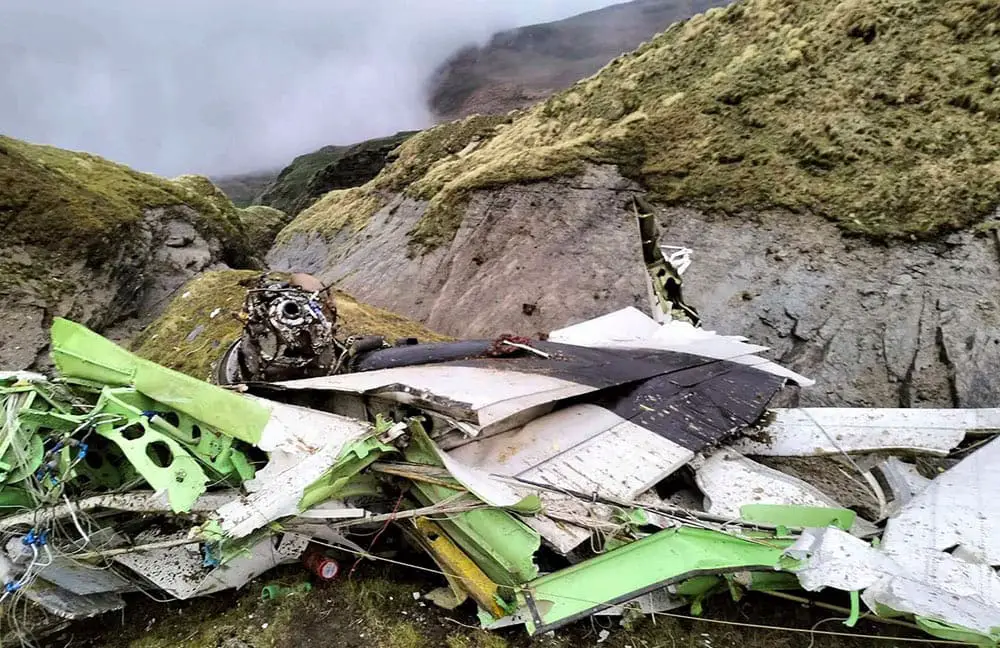
A Tara Air de Havilland DHC-6-300 Twin Otter with the registration 9N-AET was flying from Pokhara to Jomsom (Nepal) with 19 passengers and three crew when it vanished from radar. The plane was en route at 13,000 feet, about 16 nautical miles south of Jomsom, and was about to enter the valley for the approach into Jomsom near Lete Pass.
4. February 27, 2019: A helicopter crash in Taplejung

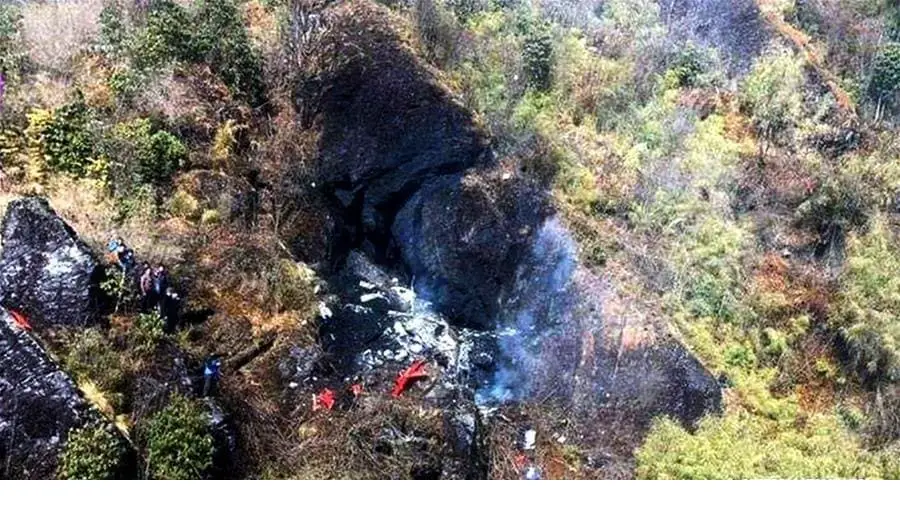
On February 27, 2019, a private helicopter crashed in Taplejung shortly after takeoff, killing all seven individuals, including the Minister of Tourism and Civil Aviation Rabindra Adhikari. In the eastern mountain region, there have been two recent helicopter accidents involving prominent personalities.
Ang Tshiring Sherpa, managing director of Yeti Airlines and chairman of Air Dynasty, Birendra Prasad Shrestha, deputy director general of the Civil Aviation Authority of Nepal (CAAN), Dhurba Bhochhibhoya, deputy director of CAAN, Yubaraj Dahal, a personal aide to Prime Minister KP Sharma Oli, and Nepal Army official Arjun Kumar Ghimire were also killed in the crash along with Adhikari.
5. March 12, 2018: US-Bangla plane crash in Nepal
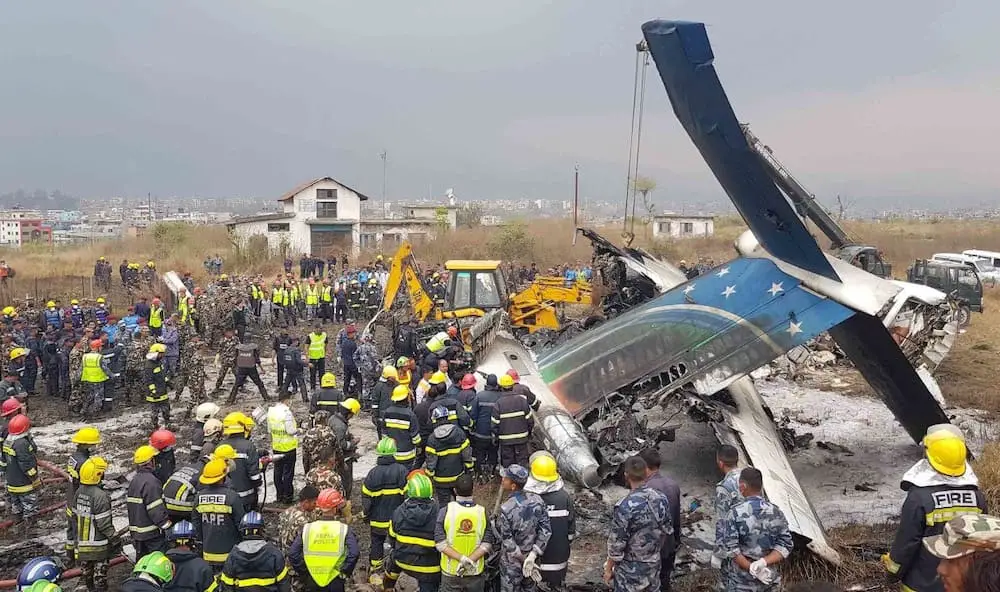
US-Bangla Airlines Aircraft 211 was an international passenger flight from Dhaka to Kathmandu that crashed on March 12, 2018, skidding into a football field while landing. 51 of the 71 persons on board died in the incident. The 76-seat Bombardier Q400 aircraft burst into flames after the crash, gravely injuring the 20 people still on board.
The jet skidded off the runway, through the inner perimeter fence at the airport’s edge, and down the slope. The plane broke apart as it plummeted down the steep slope, then crashed into the football field and caught fire. It was the deadliest aviation accident in the country for decades.
6. February 26, 2016: Air Kasthamandap crash in Kalikot
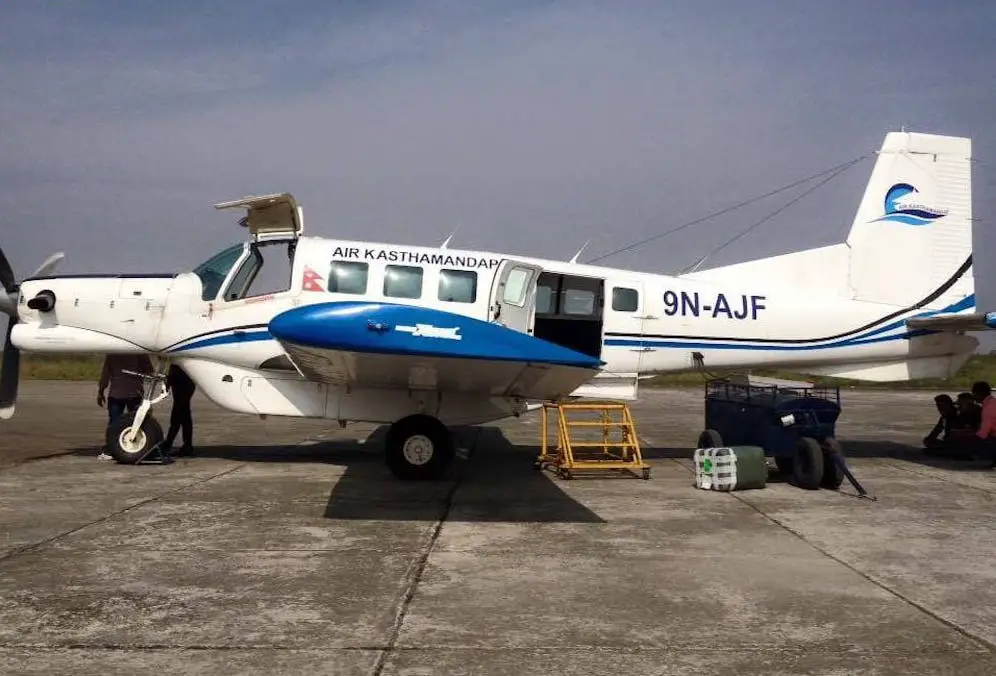
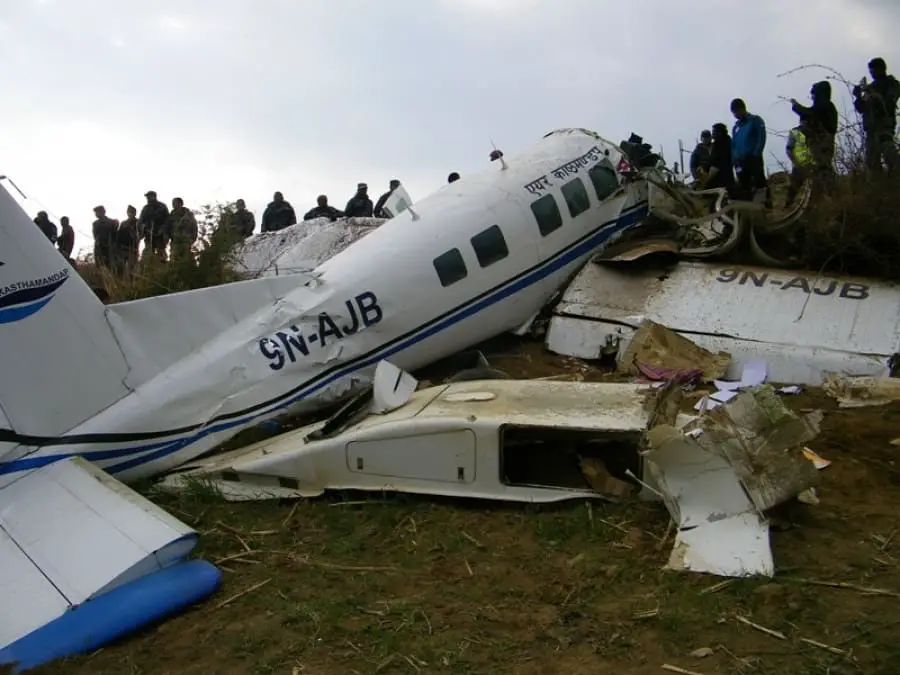
On February 26, 2016, an Air Kasthamandap PAC 750XL passenger plane carrying eleven people crashed in Nepal’s Kalikot area, killing two crew members and injuring all nine passengers. An emergency landing had to be made by the airplane. Before making an emergency field landing, the pilot warned the passengers.
7. February 24, 2016: Tara Air crash in Myagdi district

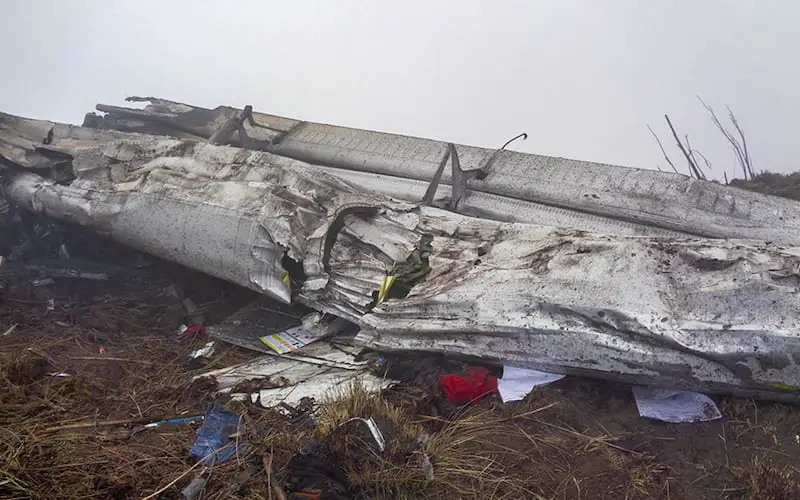
A Twin Otter aircraft operated by Tara Air crashed into a hillside in Myagdi district on a flight from Pokhara, killing all 23 people on board. On February 24, 2016, eight minutes after takeoff, the flight’s aircraft, a Viking Air DHC-6-400 Twin Otter, vanished while carrying 23 passengers. A few hours later, the debris was discovered close to Dana village in the Myagdi District. There were no survivors. The disaster was the deadliest for Tara Air.
8. February 16, 2014: Nepal Airlines crash in Arghakhanchi
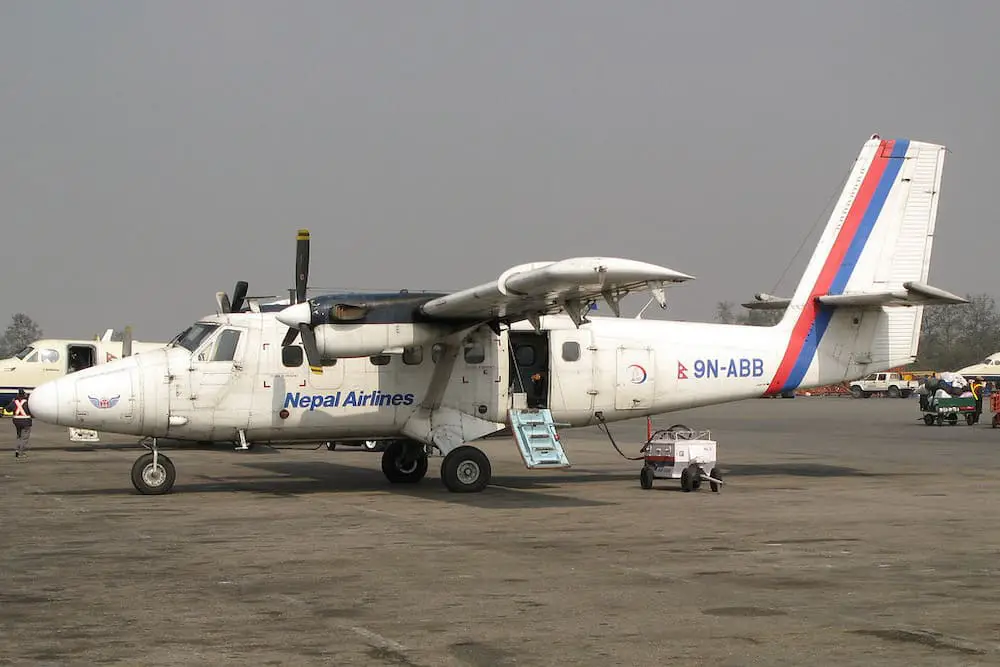

The plane, with three crew members and fifteen passengers on board, took off from Pokhara Airport in the center of Nepal and was intended to land at Jumla Airport in the northwest. Radio contact was lost thirty minutes into the flight when the 19-seat Twin Otter attempted to divert to Bhairahawa Airport due to weather circumstances. Ultimately, the plane crashed in the Masine Lek bush, which is in Dhikura.
Although the collision was not witnessed, some locals did see the wreckage. Due to low visibility, no one could initially reach the collision site. The bodies of all eighteen on board were discovered scattered over the hill when the rescue and recovery team eventually arrived at the crash site.
According to the Nepalese Army, the accident site was 7,000 feet above sea level (2,100 m). Up to 7 kilometers (4.3 miles) from the crash scene, pieces of the aircraft were discovered.
9.September 28, 2012: Sita Air crash in Lukla
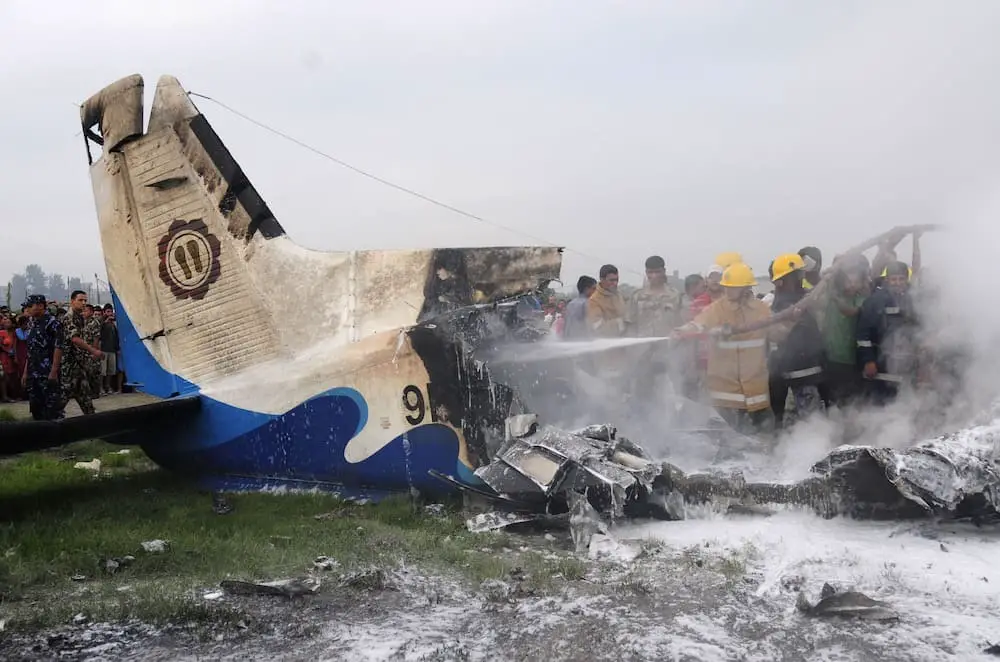
When Sita Air Flight 601 (ST601) crashed while making an emergency landing, it was traveling from Kathmandu to Tenzing-Hillary Airport in Lukla. The collision claimed the lives of the two crew members and all 16 passengers, including seven British and five Chinese passengers.
The Nepalese Aircraft Accident Investigation Commission’s (NAICC) final study concluded that a thrust drop had occurred during the takeoff roll, but was unable to pinpoint the reason for the anomaly. The aircraft crashed due to the crew’s subsequent inability to maintain a speed above stall speed, followed by the plane’s inadequate height.
10. May 14, 2012: Agni Air crash in Jomsom
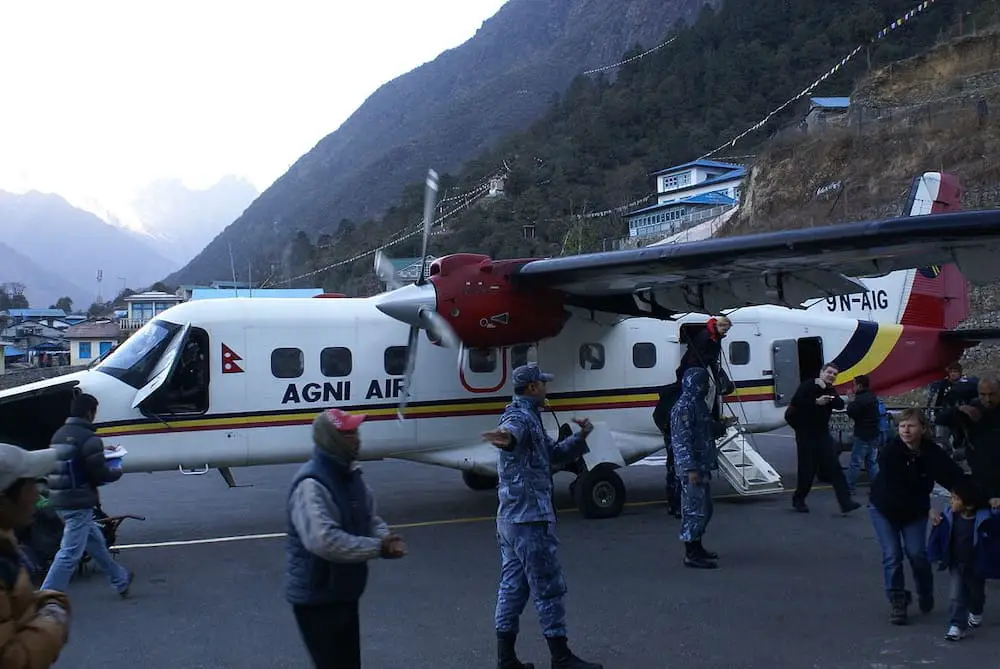
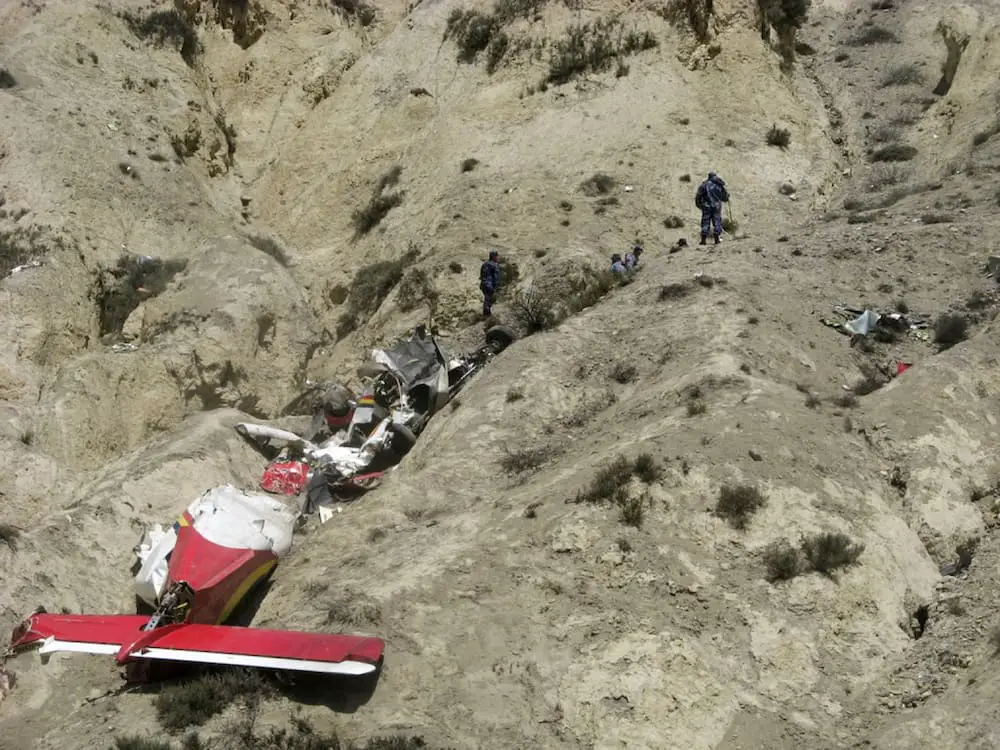
A Dornier 228 carrying 21 people, operated by Agni Air, crashed on May 14, 2012, not far from Jomsom Airport, Nepal, killing 15 of the 21 persons on board. The pilots of the flight CHT attempted to land at Jomsom, but they aborted the initial attempt. Then, during a go-around, one of the plane’s wings collided with a hill, causing it to crash.
11. September 25, 2011: Buddha Air crash in Lalitpur
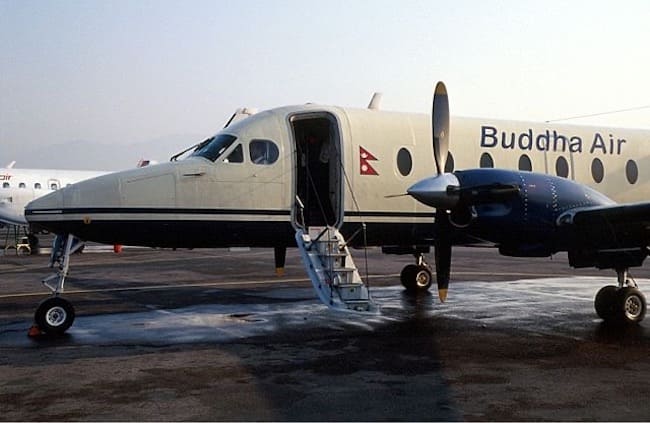
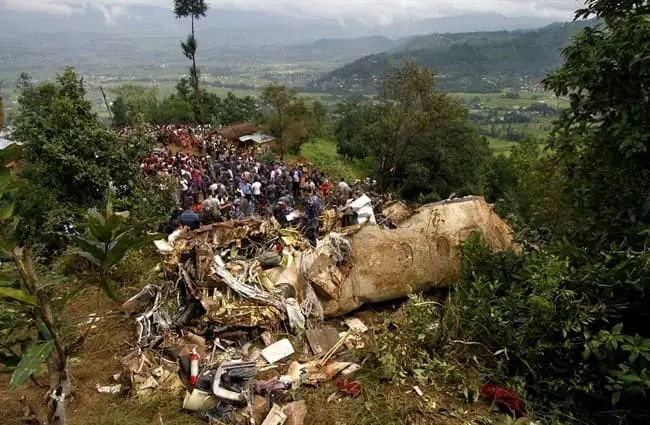
While attempting to land in severe weather at the adjacent Kathmandu Airport, Buddha Air Flight 103, a Beechcraft 1900D commuter plane, crashed close to Lalitpur, Nepal. All 19 passengers on board, including the crew, were killed. The Buddha Air-operated aircraft was traveling to Mount Everest for a sightseeing trip.
It entered clouds and crashed at 5400 feet two minutes before it was scheduled to touch down. According to the investigating team and air traffic controllers, it was pilot error that caused the disaster.
12. December 15, 2010: Tara Air crash in Lamidanda
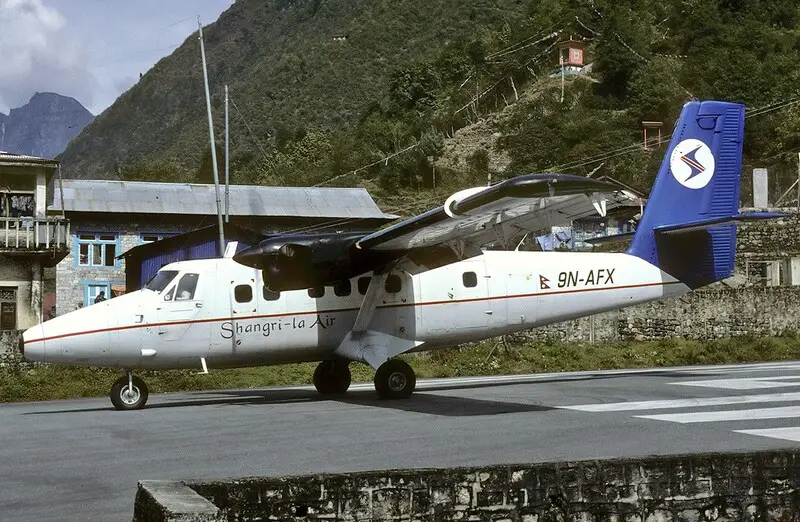
On December 15, 2010, a domestic Tara Air DHC-6 Twin Otter passenger flight from Lamidanda to Kathmandu, Nepal, crashed shortly after takeoff. The morning following the incident, the aircraft’s wreckage was discovered in the Bilandu forest close to the village of Shreechaur. Three crew members and all 19 passengers were killed in the collision. Most victims were pilgrims from Bhutan, with one U.S. citizen among the dead.
13. August 24, 2010: Agni Air crash
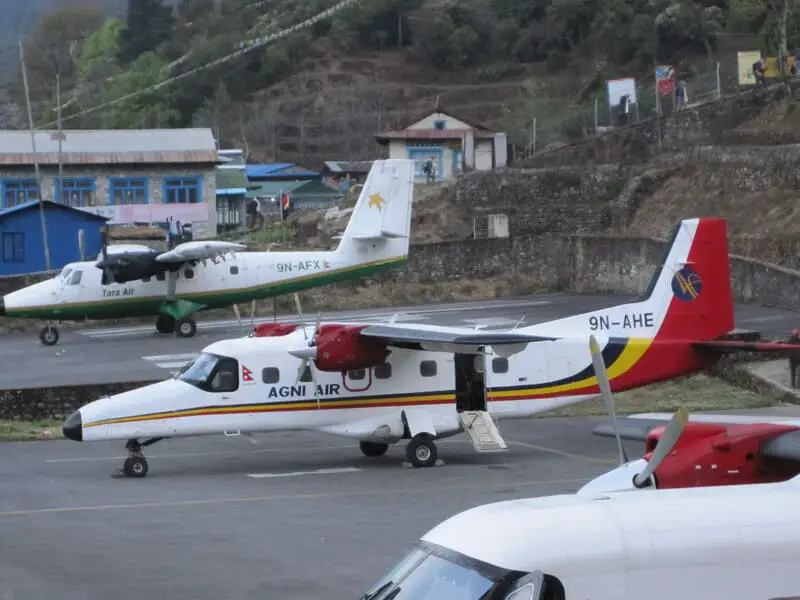
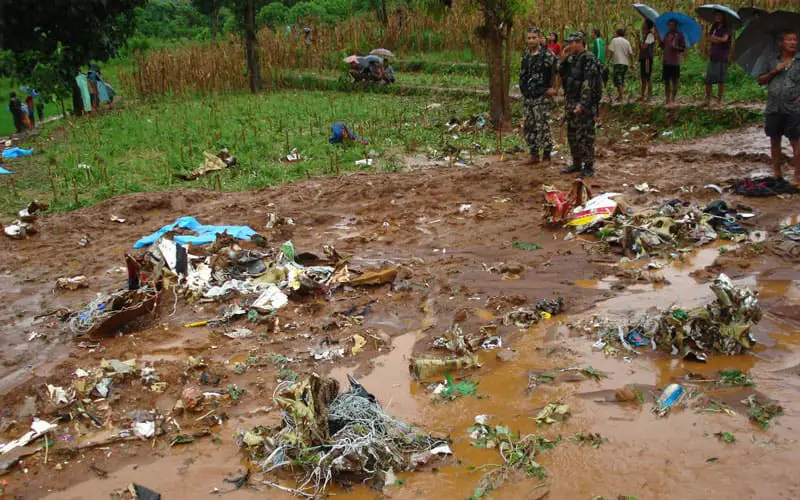
On August 24, 2010, the 14 people on board Agni Air Flight 101, flying from Kathmandu to Lukla, Nepal, killed all passengers, including four Americans, a Japanese, and a British national. The flight crew had reported a technical issue 20 minutes after takeoff. Shortly after, communication with the aircraft was lost. The plane went down 80 kilometers (50 miles) south of Kathmandu.
According to the accident investigation results, the pilot experienced spatial disorientation due to losing his or her flight instruments when both generators failed. Backup battery power was exhausted early due to the team using an outdated checklist.
14. October 8, 2008: Yeti Airlines crash in Lukla
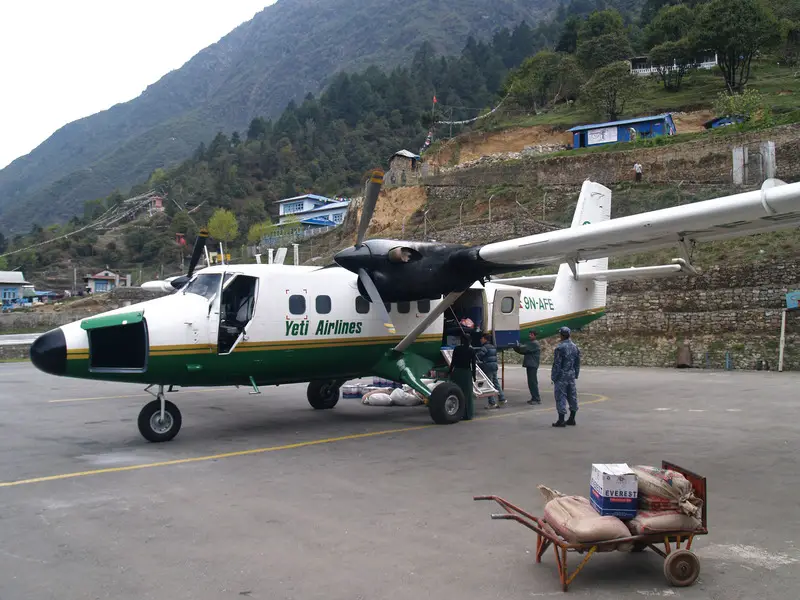
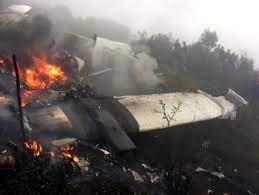
A Yeti Airlines Twin Otter plane crashed in the remote mountains of Lukla, north-east Nepal, killing at least 14 of the 18 passengers. According to reports, 14 of the fatalities were tourists. There were two Australians and 12 Germans among the passengers. Captain of the airplane Surendra Kunwar was the only survivor.
The airport, which serves as the major gateway to Nepal’s Mount Everest region, has a 1,500-foot (460-m) runway that is just 65 feet (20 m) wide and has a steep approach path. This makes it a notoriously challenging landing area.
The pilot attempted a visual approach despite losing visual contact because of the severe weather and thick fog. Additionally, Lukla airport still needs to install instrument landing devices. The landing gear became entangled in an airport security fence as a result of the aircraft coming in too low and to the left of the center, which caused the aircraft to fall short of the runway.
15. March 4, 2008: Helicopter crash in Ramechhap district
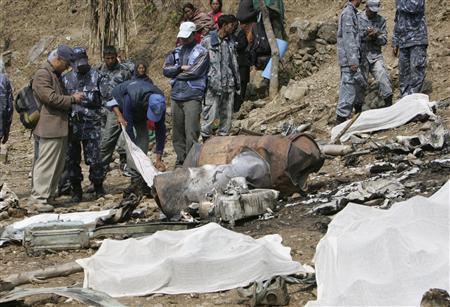
Four international UN arms monitors were among at least ten people killed in a helicopter crash in Nepal. The plane crashed in Ramechhap district on Monday afternoon after taking off from the Maoist cantonment site at Sindhuli and heading towards Kathmandu, the capital.
The investigation team for the Nepalese government stated in a statement that “that the probable cause of the disaster was human error.” It claimed that the chopper lost control when it encountered inclement weather because the flight crew lacked experience and was unaccustomed to the steep terrain.
16. June 21, 2006: Yeti Airline crash in Jumla Airport

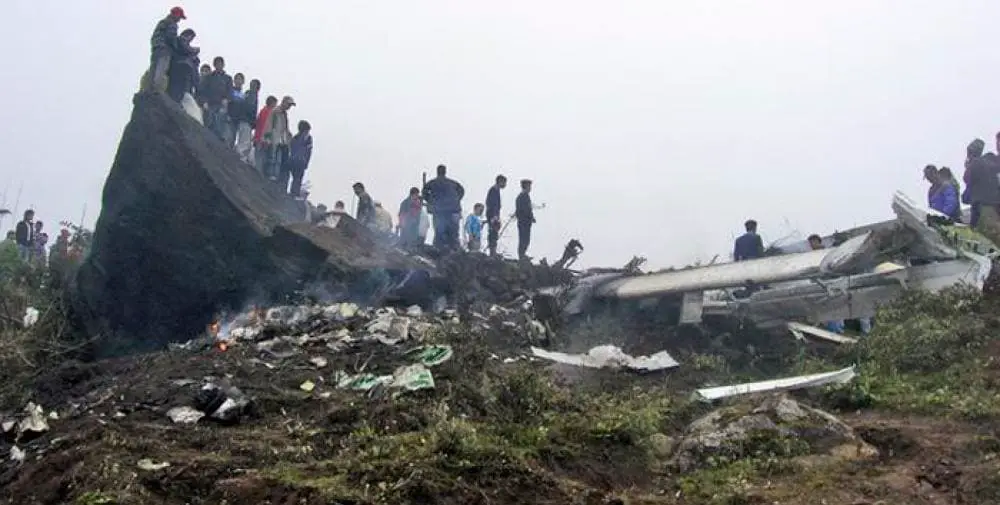
A Yeti Airlines DHC-6 Twin Otter crashed into the ground on June 21, 2006, while it was approaching Jumla Airport. The crew had abandoned the landing and performed a go-around for an unknown reason. According to eyewitnesses, the aircraft looked to have stalled while executing a tight turn on runway 27’s threshold before crashing into the ground in a ball of fire on the runway’s eastern side.
The airplane was carrying three crew members and six passengers. The collision resulted in the deaths of all passengers. Co-pilot Dipak Pokhrel and Captain Krishna Malla were the cockpit crew members. In 2023, after being motivated to pursue a career in aviation by her husband’s loss, Pokhrel’s wife, Anju Khatiwada, died while co-piloting Yeti Airlines Flight 691.
17. May 25, 2004: Yeti Airline crash in Lukla

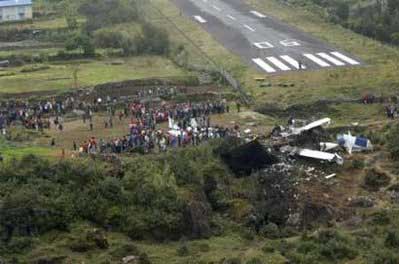
Three people were killed when the Yeti Air-operated de Havilland Canada DHC-6 Twin Otter 300, flight 9N-AFD, traveling from Kathmandu to Lukla, crashed into the Lamjura hill while approaching Lukla.
According to the Nepalese accident inquiry committee, the captain gave the Area Control Center false information by stating he was traveling south of the track when in fact, he was always flying along the direct route.
18. August 22, 2002: Shangri-La Air crash
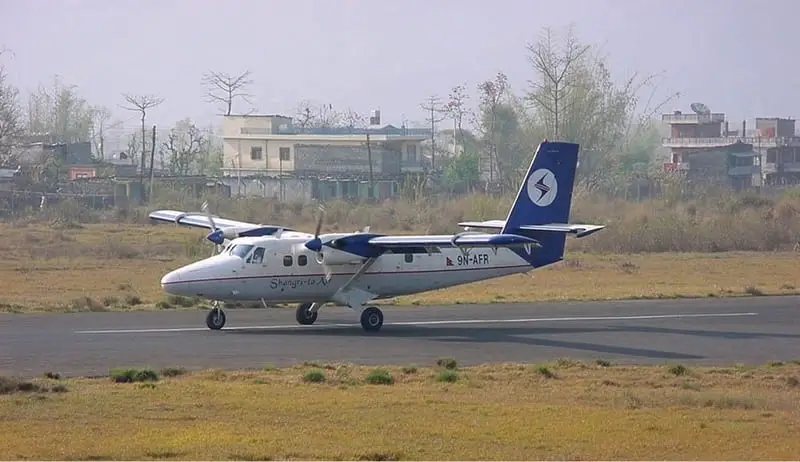
All 18 Shangrila Air Twin Otter passengers carrying foreign tourists crashed into a mountainside due to poor weather. The crash claimed the lives of all passengers on board, including the three Nepalese crew members and the thirteen German, one British, and one American.
Pieces of the Canadian-built Twin Otter plane’s wreckage were discovered dispersed close to the village of Dopahar, three miles to the southeast of Pokhara.
According to a representative of domestic private carrier Shangri-La Air, the plane was 124 miles west of Kathmandu’s capital, Pokhara, when air traffic authorities lost contact with it. The flight was coming from Jomson, a well-known trekking trail, and an important Hindu pilgrimage location.
19. July 17, 2002: Skyline Airways crash
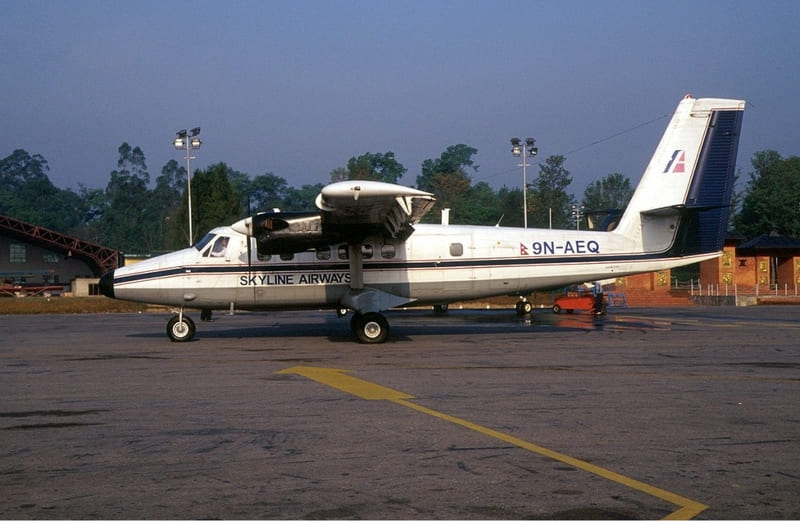
Two passengers and two pilots had boarded Skyline Airways, the twin-engine aircraft, which departed Jumla for a flight to Surkhet. The crew encountered poor visibility because of the inclement weather as they descended to Surkhet. The plane crashed at a distance of 10 kilometers from Surkhet after colliding with a mountain slope at a height of 6,500 feet. All four of the passengers died.
20. July 27, 2000: Royal Nepal Airlines crash
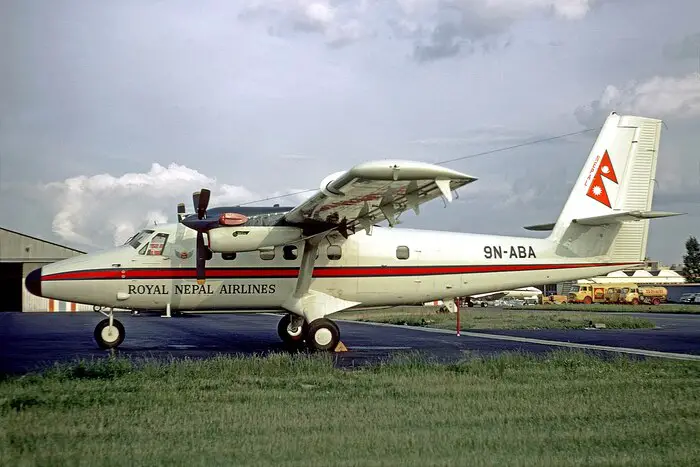
A domestic passenger flight operated by Royal Nepal Airlines aboard a Canadian DHC-6 Twin Otter crashed while flying from Bajhang Airport to Dhangadhi Airport. In Dadeldhura District, the wreckage of the airplane was discovered. The crash claimed the lives of all 22 Nepali passengers and three crew members.
The domestic flight from Bajhang Airport to Dhangadhi Airport in far-western Nepal was a 30-minute flight. The last radio communication was made about two minutes before the plane was scheduled to land in Dhangadhi. When a helicopter was sent to the accident site, it was discovered that the aircraft had hit trees and set fire on the 4,300-foot Jarayakhali Hill in the Shivalik Hills in Jogbuda’s Dadeldhura District.
21. July 31, 1993: Everest Air crash in Tanahun district
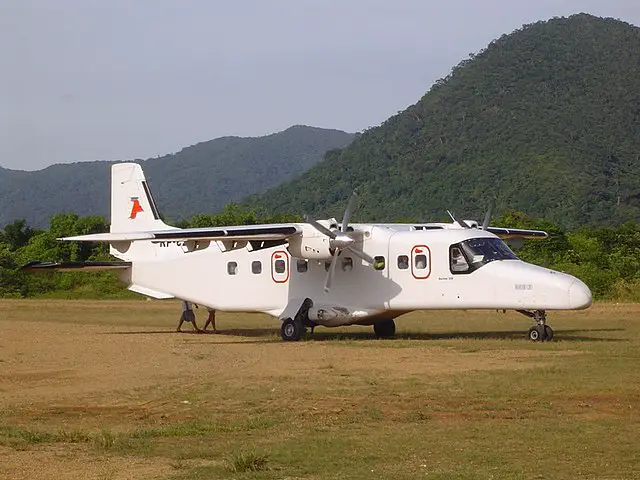
A passenger turboprop operated by Nepalese carrier Everest Air crashed near Chule Ghopte hill in Tanahun District, Nepal. All 19 passengers and crew—were killed in the crash.
A few days after the catastrophic event, the government of Nepal formed an investigating committee. The accident is thought to have been caused by the Bharatpur Airport’s malfunctioning non-directional beacon. Due to recent significant floods in the area, the device was not functioning.
22. September 28, 1992: PIA crash in Bhattedanda, KTM
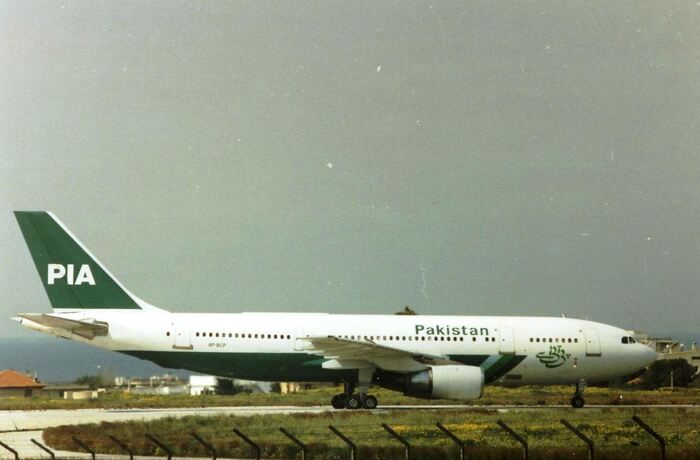

While approaching Kathmandu-Tribhuvan Airport, Pakistan International Airlines Flight 268 crashed. All 167 passengers and crew on board were killed, making it the deadliest PIA disaster ever and the worst aviation accident in Nepalese history.
The aircraft’s black box was discovered soon after the crash and dispatched to Paris for deciphering by the Nepalese military. Witnesses to the accident reported that the weather was good, with no rain or thunderstorms in the immediate region. Terrorism was ruled out, and mechanical records analysis of the aircraft revealed no indications that there might have been a technical issue.
The crew had started the seven-step drop one step too early, according to the Canadian Transportation Safety Board (TSB), which was assisting with the investigation. The plane was 1,300 feet below the permitted altitude when it reported reaching 10,000 feet.
The conclusion was that the pilot was mostly at fault for the crash, and because of how steep the terrain was, the ground proximity warning system did not sound soon enough. The International Civil Aviation Organization concluded that the approach to Kathmandu Airport should be less complicated and that all navigational charts into Kathmandu should be standardized.
23. July 31, 1992: Thai Airways crash in Langtang National Park
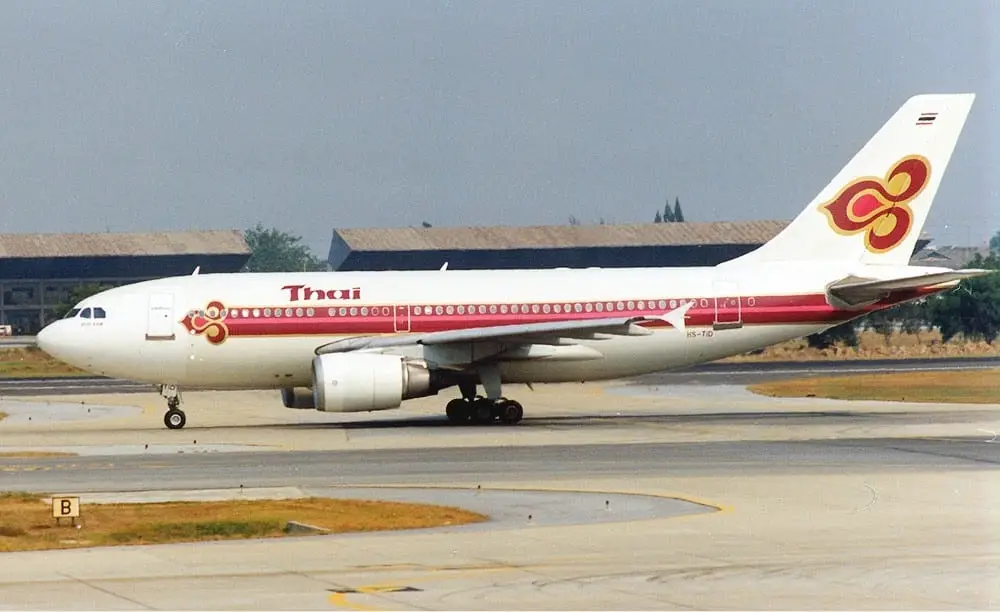
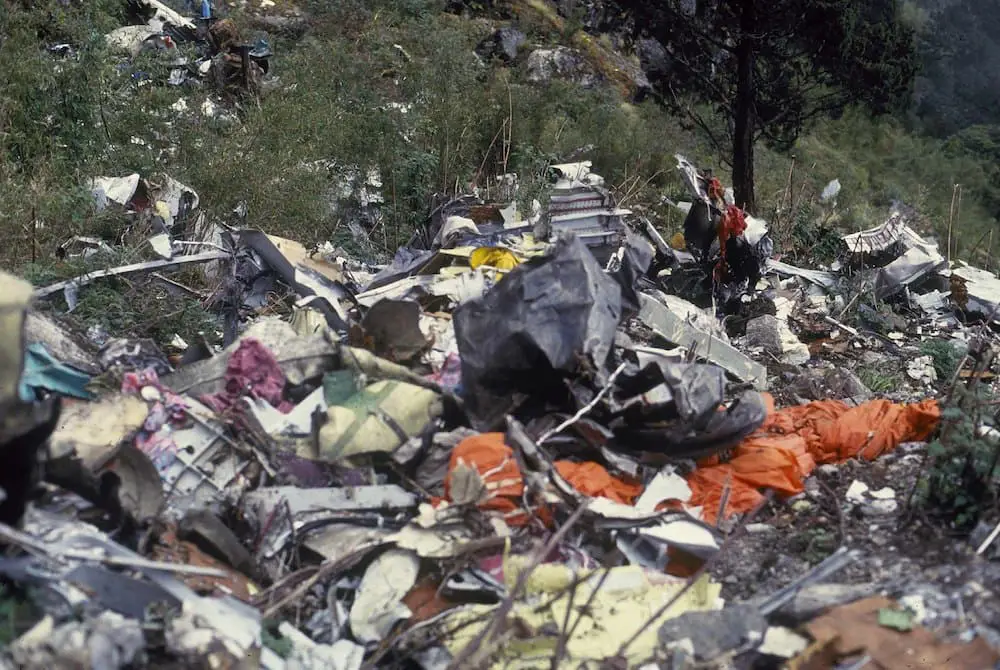
The Thai Airways Airbus A310-304 crashed on its approach to Kathmandu on Friday, July 31, 1992. At the height of 11,500 feet (3,505 meters) and a ground speed of 300 knots (560 km/h; 350 mph), the Thai Airways International Flight 311, crashed into the side of a mountain 37 kilometers (23 mi) north of Kathmandu, killing all 99 passengers and 14 crew members. This was the first deadly accident involving the Airbus A310 and the first hull loss.
The aircraft had a minor malfunction in the operation of the inboard trailing flaps shortly after the aircraft arrived at the Sierra reporting fix, according to investigators from the Civil Aviation Authority of Nepal, Airbus Industrie, and the Transportation Safety Board of Canada (which provided technical assistance).
The first officer lacked initiative and provided vague answers to the captain’s questions, which Nepalese authorities determined to be the probable cause of the accident. The air traffic controller’s lack of experience, poor command of English, and reluctance to get involved in what he perceived to be piloting issues, such as tying the plane’s landing gear, were also contributing factors.
FAQs: Plane Crash in Nepal
The tragic KLM Flight 4805 and Pan Am Flight 1736 crash on March 27, 1977, is the worst aviation disaster in history. Two 747s crashed on a foggy runway on the island of Tenerife in the Canary Islands, making it the deadliest crash in history with 583 fatalities.
According to a 2019 safety assessment from Nepal’s Civil Aviation Authority, the nation’s “difficult geography” and “diverse weather patterns” were the biggest challenges, also leading to a “number of mishaps” involving tiny aircraft.
The Yeti Airlines that crashed close to the tourist destination of Pokhara carried 72 passengers and crew members. All passengers and crew were killed in the crash.
Insufficient height caused the airplane to approach the Mahabharat Range and crash onto the south slope. Although the Flight 268 pilots accurately reported the altitude of their aircraft to air traffic control, controllers did not alert the pilots of their improper altitude just seconds before the tragedy.
